In this article:
- Why maintaining the status quo is a costly mistake for businesses
- Four GAP leaders offer personal reflections on how GAP fosters innovation and progress
- Using company values as guideposts through challenging times
- Application modernization services can help change your company’s status quo
The status quo has never been sustainable, whether in business or in everyday life. Things we have long accepted as the norm have suddenly and irreversibly been uprooted: long commutes are now considered a thing of the past, remote work has gained traction across all industries, curbside pickup and online purchases are nudging out traditional retail, and telehealth has made healthcare more accessible to millions. In just one year, the way we interact and do business looks completely different from the old “normal”. Needless to say, the past year demanded we shatter the status quo. Our society’s ability to be agile and adaptive in the face of a paradigm shift proved to be the key to our resilience.
At GAP, the status quo has always been antithetical to our mission and values. We have continuously adapted and transformed to meet evolving challenges, and the past year was no different. We are a company guided by our values, they serve as pillars in driving the progress we continuously aim for:
We Strive for Greatness; We are Agile; We Invest in People.
We wanted to better understand how GAP used our values to navigate recent challenges and drive innovation, from our application modernization services to our user experience design. To do that, we sat down with four GAP leaders from different areas of the company, and asked them to weigh in.
Andrea Mena, VP of People, heads human resources, learning, career development, and internal communications. Andrea prides herself on being employee #11, and has been with GAP for over 12 years, almost since its founding. As one of the first employees, she has seen GAP grow into the company that it is today.
“Our values are something we take into close consideration when making a decision. As a company, we’re always finding new and innovative ways to take care of our people, both at a personal and professional level. GAPsters are always welcome to try new things, and the company encourages that, we encourage growth through experimentation. This is not a place where processes are completely fixed. Our culture of experimentation is attractive to engineers working in an Agile environment, and gives everyone a sense of ownership over their ideas and decisions.”
Rodrigo Rodriguez, a Software Architect working in Transformation Services, has been with GAP for more than a decade. He agrees that GAP has never been interested in preserving the status quo or relying on traditional hierarchies for decision making.
“Ten years ago when I started, I was just a junior software developer, but I remember that my opinion was important. And that made a huge difference in all areas. The company does not “rank” ideas by level of seniority, but rather by their potential for innovation and out-of-the-box approach. Because I was given an opportunity to participate meaningfully and contribute early on, I was able to advance in my career, and now work in some of GAP’s most exciting initiatives, such as our Transformation Services projects. At GAP, nothing stays the same just because “that’s the way we used to do it”. Our only constant goal is improvement. GAP lives authentically by these values, and this is very important for me and others on my team.”
Wendy Sandoval is a Delivery Director who has also been with GAP for a decade. She emphasized that GAP’s values aren’t static, and striving for greatness in unconventional ways underscores the way GAP does things differently.
“GAP embraces people making mistakes, and our “fail fast” mindset encourages people to learn from these mistakes. Leaning into that mindset isn’t always easy, but it has allowed for quick pivoting and breakthroughs in bottlenecks and other challenges. For example, when GAP added offices in Colombia five years ago, those of us working in Costa Rica didn’t anticipate that there would be cultural differences that could present any serious issues. However, we soon learned that GAPsters in Colombia had a totally different way of doing things. It was really hard for us at some point, feeling like ways we were accustomed to were not being accepted by these new team members. On the other hand, we ourselves were challenged to question the way that we were doing things, to find ways to incorporate these new ideas and to create better ways, together. We quickly stopped thinking that there was only one right way. GAP’s Colombia offices bring different ideas and fresh perspectives, enhancing and progressing the creative process further. Nowadays, we often say that diversity of thought yields better outcomes. Now only do we sincerely believe that, we are living proof that it’s true.”
Dave Moore, GAP’s Chief Innovation Officer, was hired in late 2020, and is the first person to hold this critical position at GAP. Dave agrees that GAP does a good job of facilitating a dynamic workplace through a collaboration of new and existing talent, with someone always ready to offer a different perspective that can alter the way we look at challenges.
“My first year here showed me that GAP is willing to pivot in really big ways when it makes sense, such as embracing new approaches and expanding its service strategy in ways that will take the company further. We continue to invest in new tech and people that will help our customers dominate their markets. In a fairly short time, we’ve intentionally moved away from identifying as a ‘staff augmentation’ company, in favor of becoming a strategic technology solutions partner. That’s a big deal, because it will increase the value of our services, and offer more robust growth opportunities for us and for our clients.”
Application modernization services can change the status quo
In life, as well as in business, maintaining the status quo hinders, it keeps things stationary. It doesn’t allow for prickly questions or invite innovation. Staying in one place can be comfortable when things are going smoothly, but a big change will upset the status quo sooner or later. If you’re not prepared to respond, it could spell big trouble. The past year has been a stark reminder that the status quo doesn’t cut it. It’s important to remain steadfast in your values, but don’t let the status quo stagnate your progress.
How has your business adapted to the recent changes? Will application modernization services help you adapt?
If you have questions or comments about this article or would like to speak with one of our experts directly about application modernization services or building a full-stack Agile team, please fill out the form and we will respond



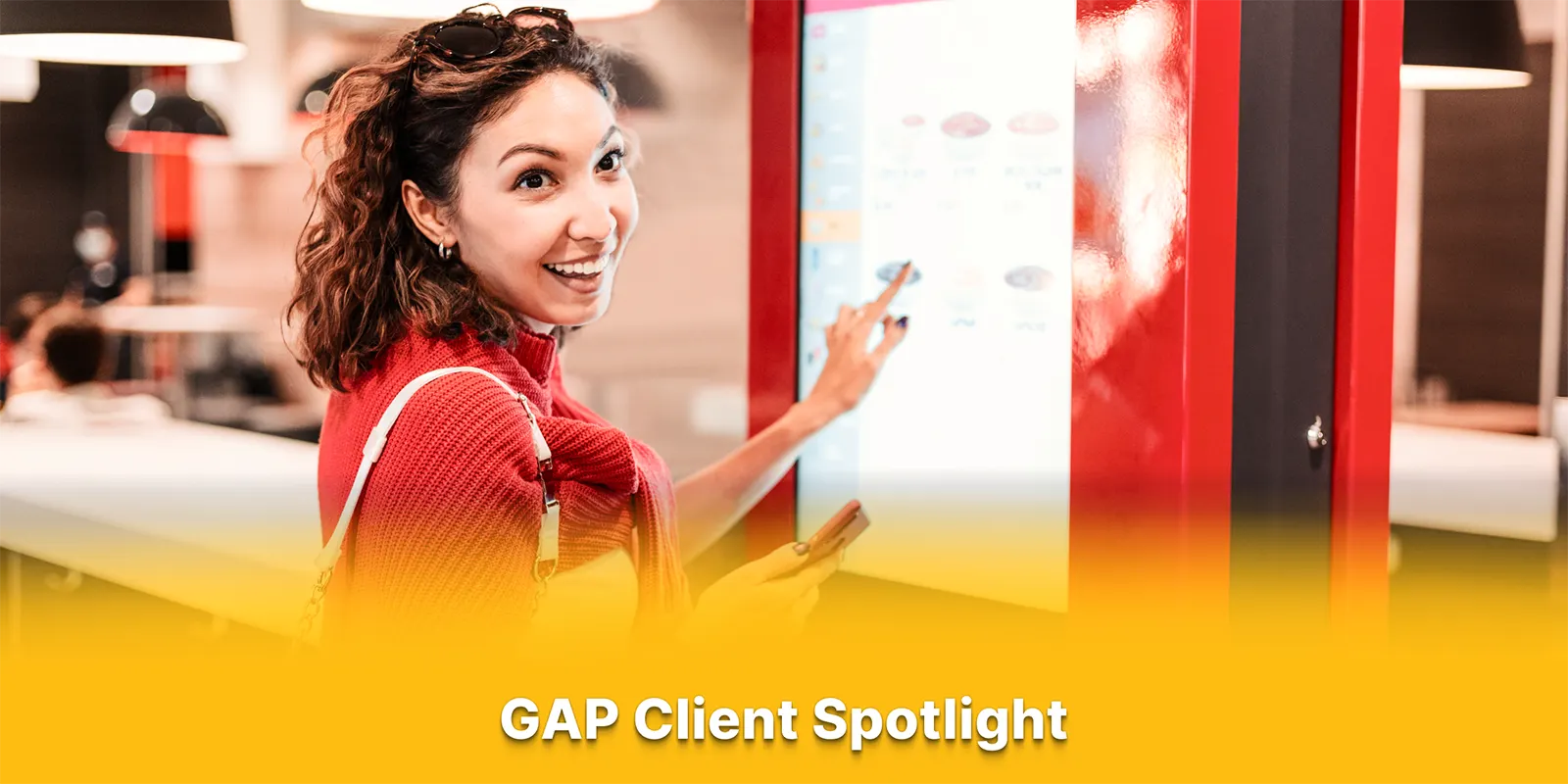

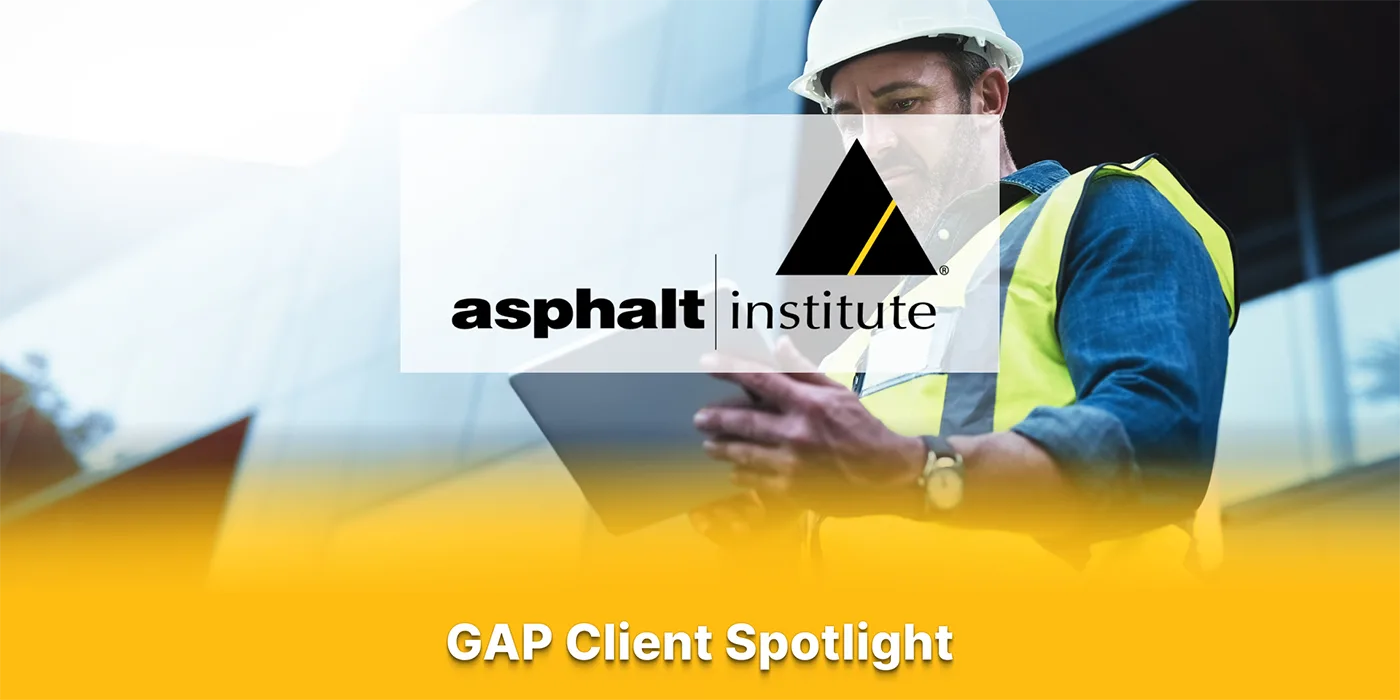

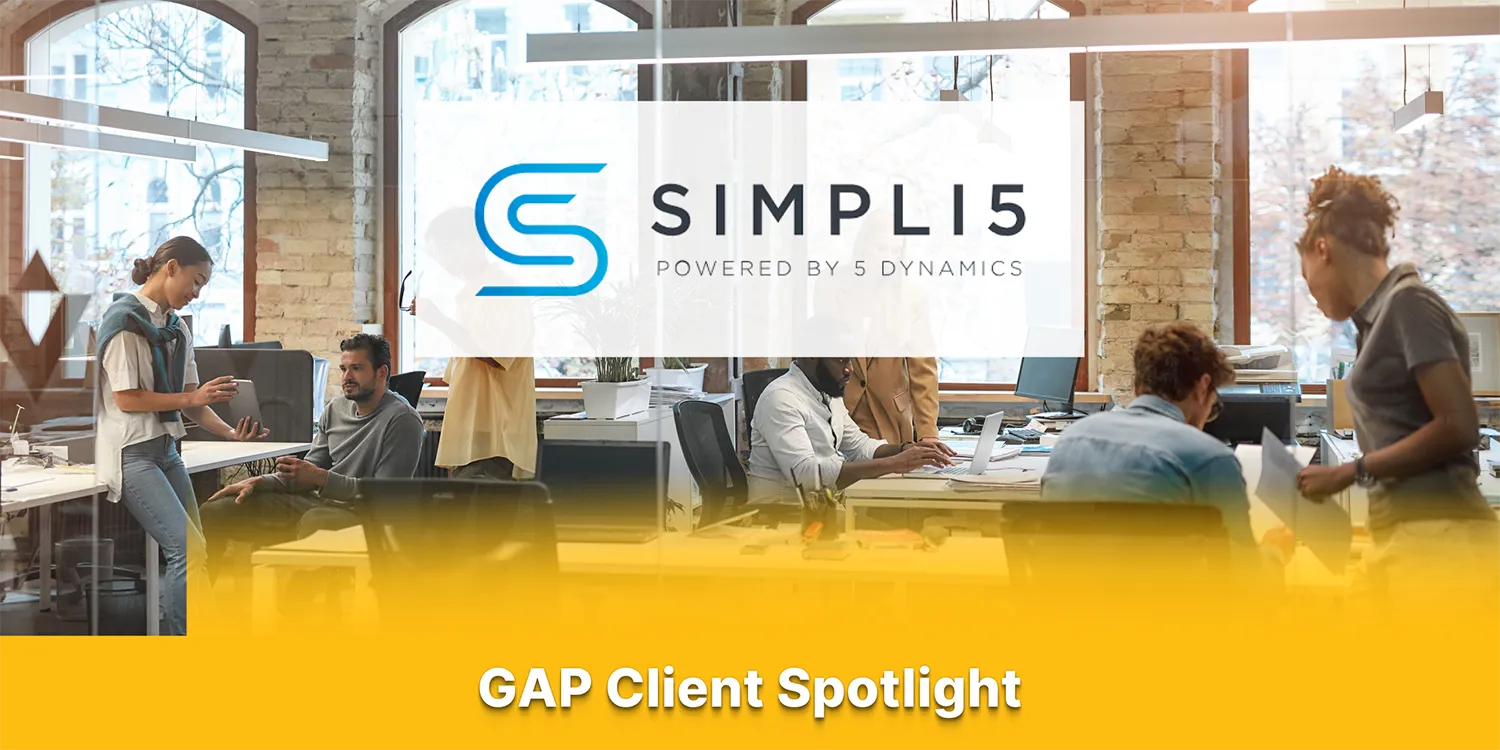
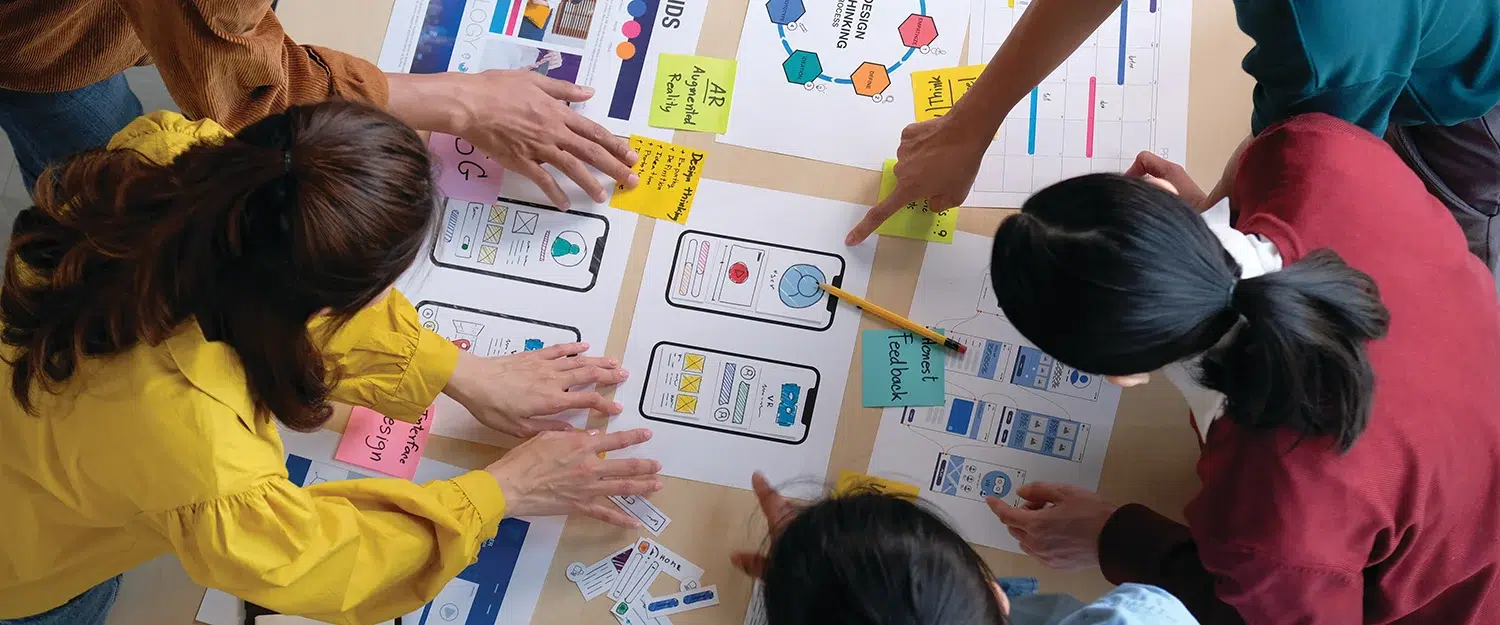
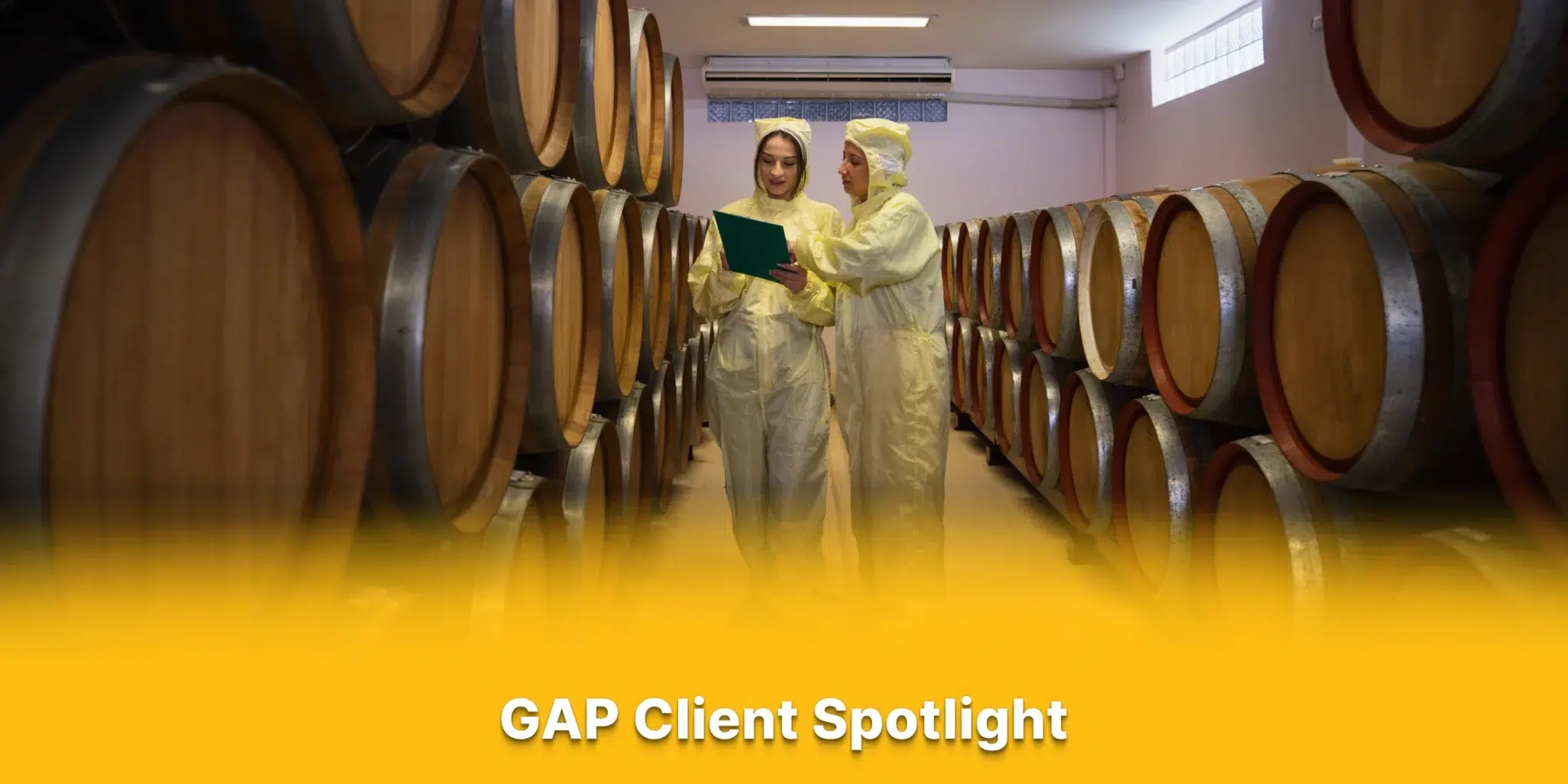

Comments are closed.